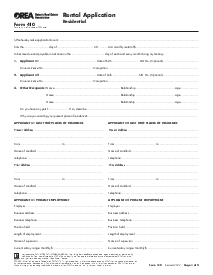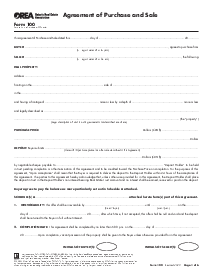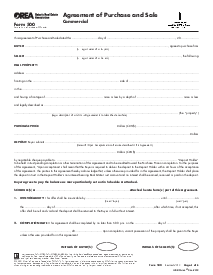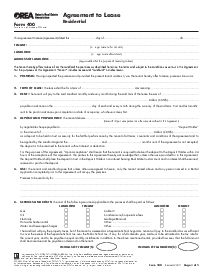-
Templates
1099 FormsAccurately report 1099 information returns and ensure IRS filing with easeExplore all templatesW-9 W-8 FormsEasily manage and share taxpayer details to streamline payments and meet IRS requirements with confidenceExplore all templatesOther Tax FormsFillable tax forms simplify and speed up your tax filing process and aid with recordkeeping.Explore all templatesReal EstateReal estate templates for all cases, from sale to rentals, save you a lot of time and effort.Explore all templatesLogisticsSimplify your trucking and logistics paperwork with our ready-to-use transportation and freight templates.Explore all templatesMedicalMedical forms help you keep patient documentation organized and secure.Explore all templatesBill of SaleBill of Sale templates streamline the transfer of ownership with clarity and protection.Explore all templatesContractsVarious contract templates ensure efficient and clear legal transactions.Explore all templatesEducationEducational forms and templates enhance the learning experience and student management.Explore all templates
-
Features
FeaturesAI-Enhanced Document Solutions for Contractor-Client Success and IRS ComplianceExplore all featuresAI Summarizer Check out the featureAI PDF summarizer makes your document workflow even faster. Ask AI to summarize PDF, assist you with tax forms, complete assignments, and more using just one tool.Sign PDF Check out the featurePDFLiner gives the opportunity to sign documents online, save them, send at once by email or print. Register now, upload your document and e-sign it onlineFill Out PDF Check out the featurePDFLiner provides different tools for filling in PDF forms. All you need is to register, upload the necessary document and start filling it out.Draw on a PDF Check out the featureDraw lines, circles, and other drawings on PDF using tools of PDFLiner online. Streamline your document editing process, speeding up your productivity
- Solutions
- Features
- Blog
- Support
- Pricing
- Log in
- Sign Up
Form 161, Registrants Disclosure of Interest
Get your Form 161, Registrants Disclosure of Interest, Disposition of Property in 3 easy steps
-
01 Fill and edit template
-
02 Sign it online
-
03 Export or print immediately
What Is Form 161 OREA?
Form 161 is designed to provide transparency in real estate transactions. For every property transaction, whether buying or selling, it is an essential legal requirement. This documentation serves as a factual representation of the property's disposition. This means that all parties involved are privy to the necessary information before finalizing the deal, making it a pivotal instrument in property and real estate dealings.
Why is it needed?
In every real estate transaction, the right information counts. Form 161 acts as a tool to aid disclosure of financial interests. Not only does it help to provide full disclosure to a buyer or seller, but it also removes the chances of fraudulent practices. Another significant reason is the ability to track individual or company transactions, which helps with tax calculations at the end of the fiscal year.
How to Fill Out Tax Form 161
The issue of completing this OREA form is usually a concern for many. It's not as difficult as it appears though. Here's a simple guide:
- Start filling your form beginning with 'Name of Registrant,' where you need to input the full legal name of the individual or corporation that's registering their property.
- Proceed to the next field, where you must specify the professional role of the individual filling out the form. Choose the most appropriate choice from the options provided.
- In the 'Name of Brokerage' field, key in the full registered name of the brokerage company that the registrant is linked to.
- The 'Offer to Purchase/Lease/Exchange/Option of the Property' section allows you to give details about the property. Here, choose one of the situations that best describes why you are completing the form, then specify the property details.
- Then, input the 'Signature of Registrant who is making this Declaration' by using a stylus or your trackpad to digitally sign in the provided box.
- Next to the signature box, fill in the current date in the 'Date' field to validate your signature.
- The following field needs the 'Signature of Declaring Registrant’s Broker of Record/Manager of Brokerage'. Again, use a stylus or your trackpad to digitally sign in this box.
- Just as you did above, fill in the current date in the corresponding 'Date' box to validate the Broker's signature.
- In the 'Title' field, type in the official title of the Broker of Record/Manager of Brokerage who signed the form.
- The 'Acknowledgement' section requires a witness to sign. The 'Witness' should digitally sign in the provided box, followed by the buyer.
- The 'Date' here should be the day the acknowledgment was done. Fill in the same date in both fields provided for the buyer and the witness.
- Finally, submit your completed Form 161 either by saving the PDF and sending it via email or by using the share button available on the platform.
Tips to perfect your form 161 submission
Although it might look like a lot to do, a well-executed form 161 will help handle any potential conflicts of interest professionally and transparently. Here are some tips to ace your submission:
- Be Accurate: Every detail you provide on the form matters. Ensure all the names, addresses, and property details are accurate and up-to-date. Inaccurate information can lead to severe legal consequences.
- Be Clear about Your Interest: Do not leave any ambiguity about the nature of your interest in the property. Whether you plan to live in the property, lease it, or share the profits from an eventual sale, it should be clear on the form.
- Get Legal Help: If you're unsure about any aspect of Form 161, seek professional legal advice. An attorney can provide invaluable guidance, making sure you've filled everything out correctly and haven't omitted any crucial details.
- Keep Copies: Always keep copies of any legal forms you submit, including Form 161. This can help you track your disclosures and provide a paper trail if there are any questions later on.
Fillable online Form 161, Registrants Disclosure of Interest, Disposition of Property



























































